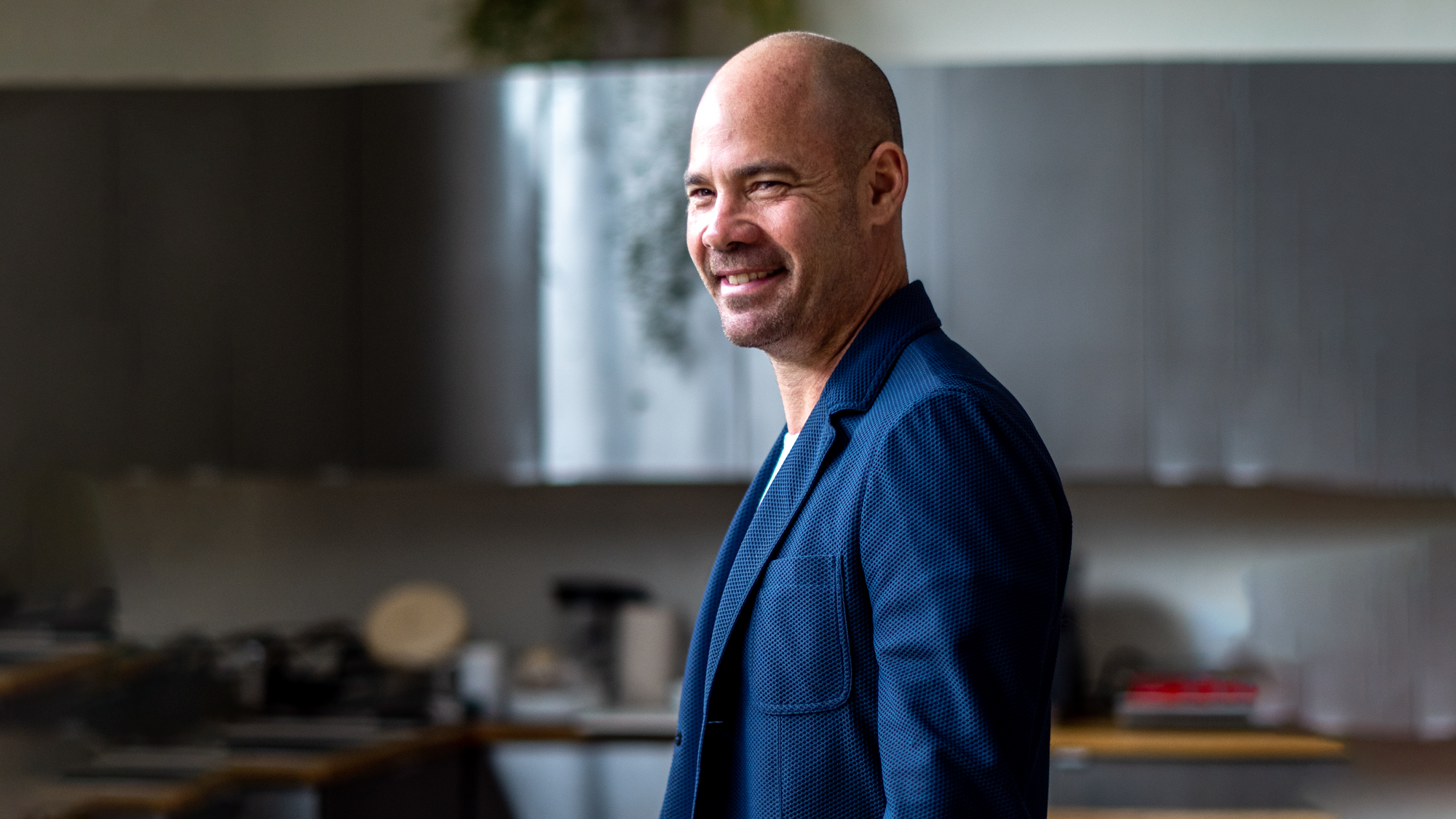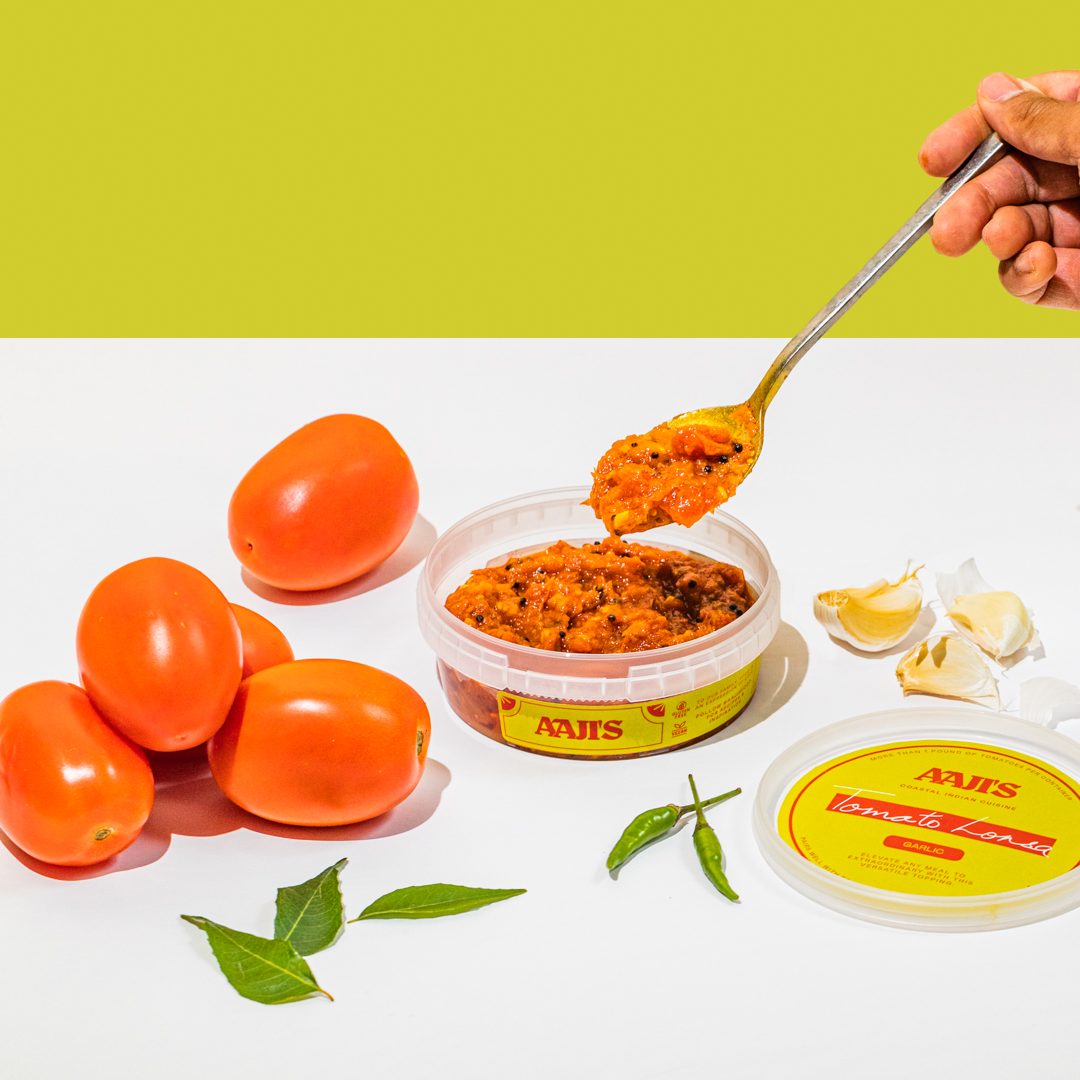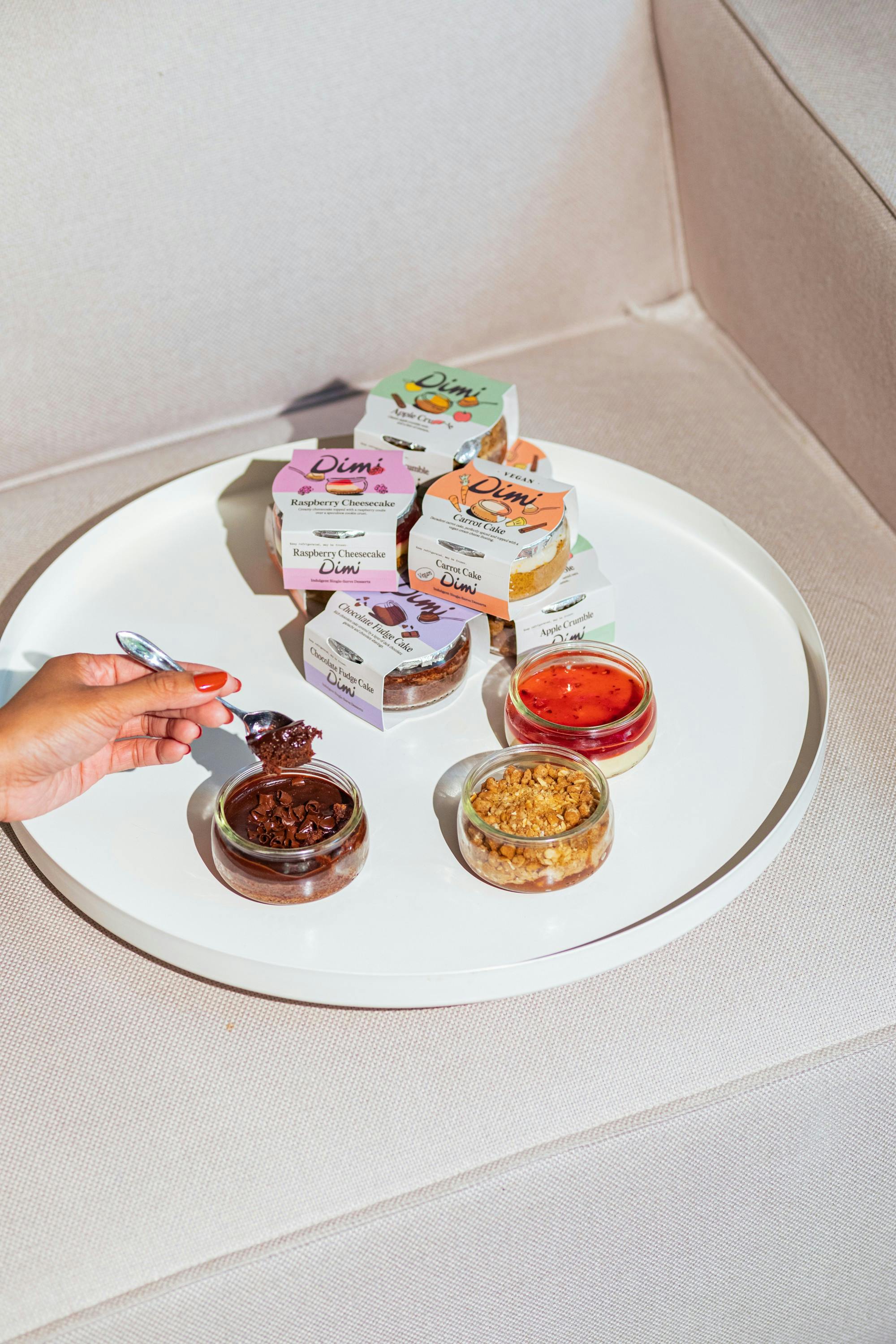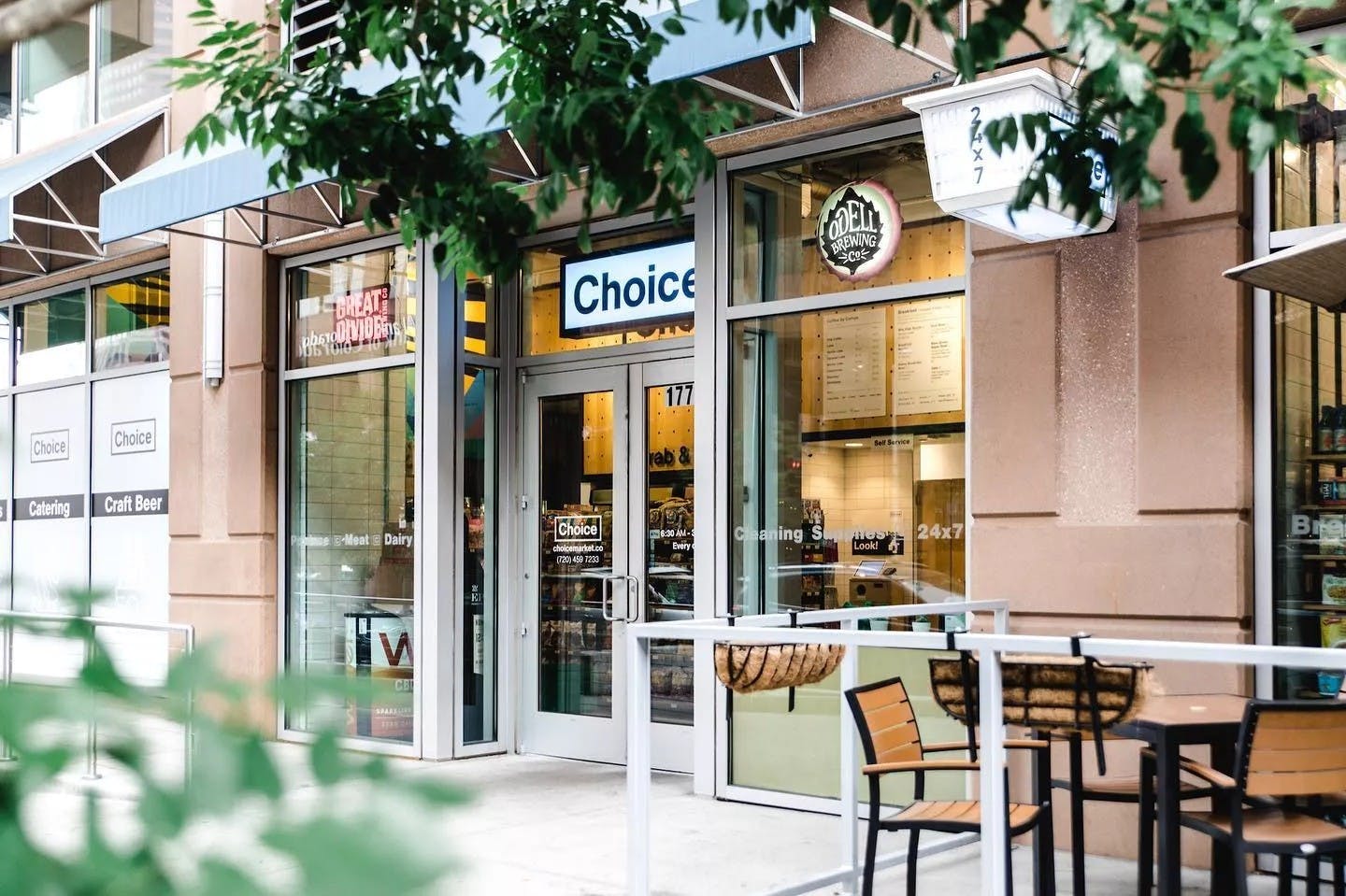We serve as trusted advisors for founders and growing brands

Helping people scale good behavior. Our leadership team has over 30 years of experience leading, advising, and scaling best in class F&B, hospitality, and startup brands.
In the realm of business, having a trusted advisory partner isn't just an asset; it's a strategic advantage. Advisory services through Cohere engage Partner-level leadership and personal introductions to our network of founders and entrepreneurs, working to create tailored operations plans, fundraising and leadership strategies, providing accountability, and to the guidance to take businesses to the next level.
This isn't just about advice; it's about steering your brand toward greatness - asking the hard questions and setting meaningful goals. Join us in this expedition, where advisory and strategy isn't just about direction; it's about co-piloting your brand's flight to success.

Meet Advisor Erik Oberholtzer
As chef and co-founder of Tender Greens, Erik helped create the now ubiquitous “fast casual” restaurant trend. Based on Tender Greens' mission to democratize good food and its chef-driven operations, the company prospered, growing to thirty locations across the United States. In 2019, Erik joined Cohere as an advisor to founders of conscious brands as they navigate the headwinds of scale. His passion is about helping businesses own their purpose, while finding a strong position in their market and growth along the way. It is an honor to have him as a Chef lens and nontraditional agency Partner at Cohere. Our clients as Founders and Leaders can work with Erik on scaling their impact during the next chapter of food, products and sustainability.
Our impact - We measure our impact in the industry by what conscious brands we can help grow, showing priority towards the health of people and the planet. Each year we showcase our impact through an interactive, evergreen report.
Clients we Advise
Tender Greens
Rodale Institute
Google Food Labs
The Crop Trust
HipCityVeg
Otaku Ramen
Honest Greens
Meet the advisors with experience
A Strategic Playbook for Success: Think of advisory services as more than just advice. We create strategies that resonate at a deep level, not only guiding creative endeavors but serving as a core reference for all stakeholders invested in your brand's success.
We're not here to tell you what to do - we're here to guide, collaborate, and elevate. In the realm of advisory services, Cohere’s engagement transcends conventional agency-client relationships. Engage with a team not just offering insights but serving as navigators on your brand's journey. Expect more than advice - expect a partnership that resonates with your brand's essence.



